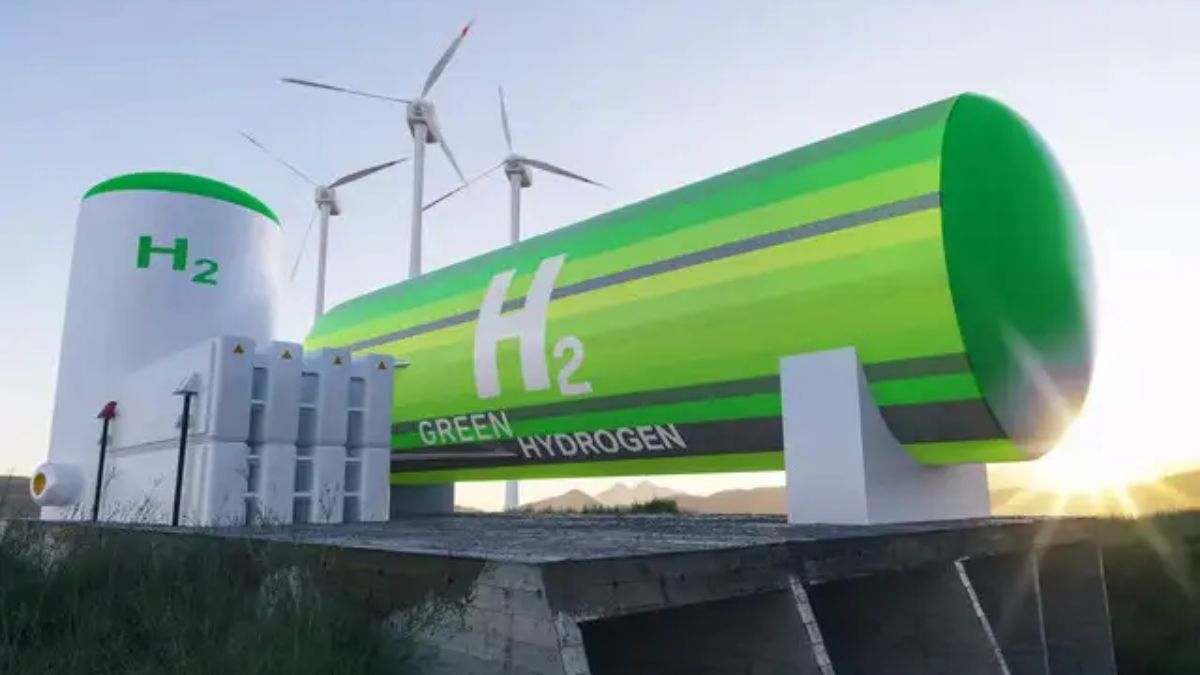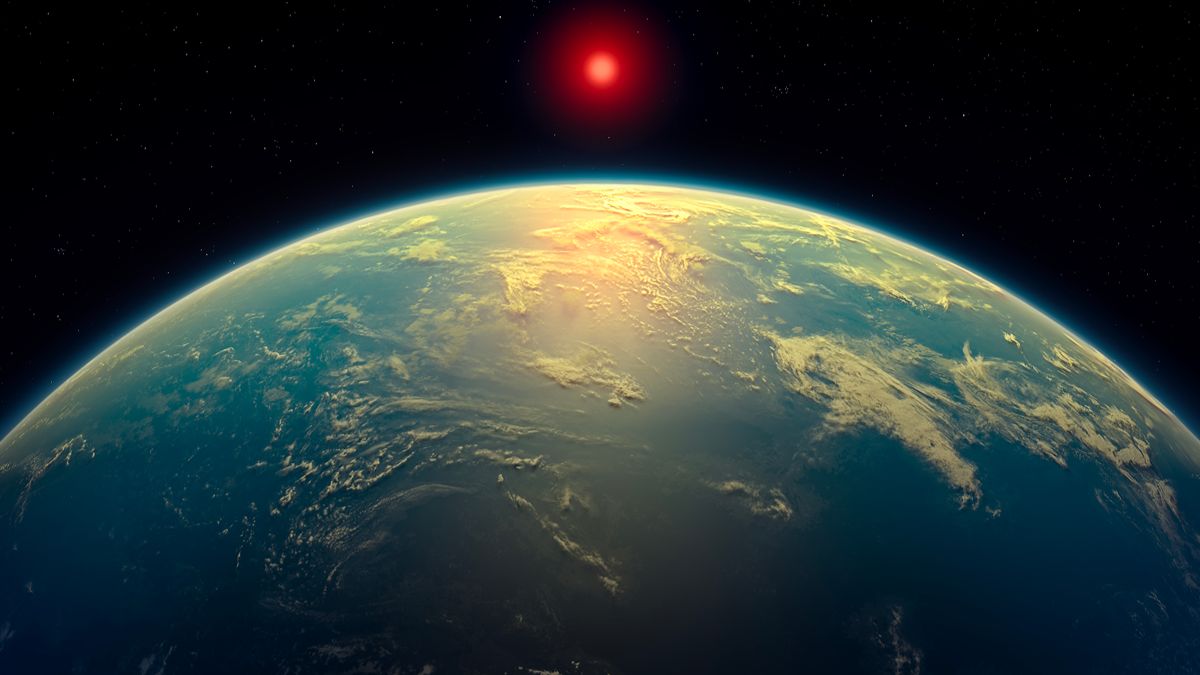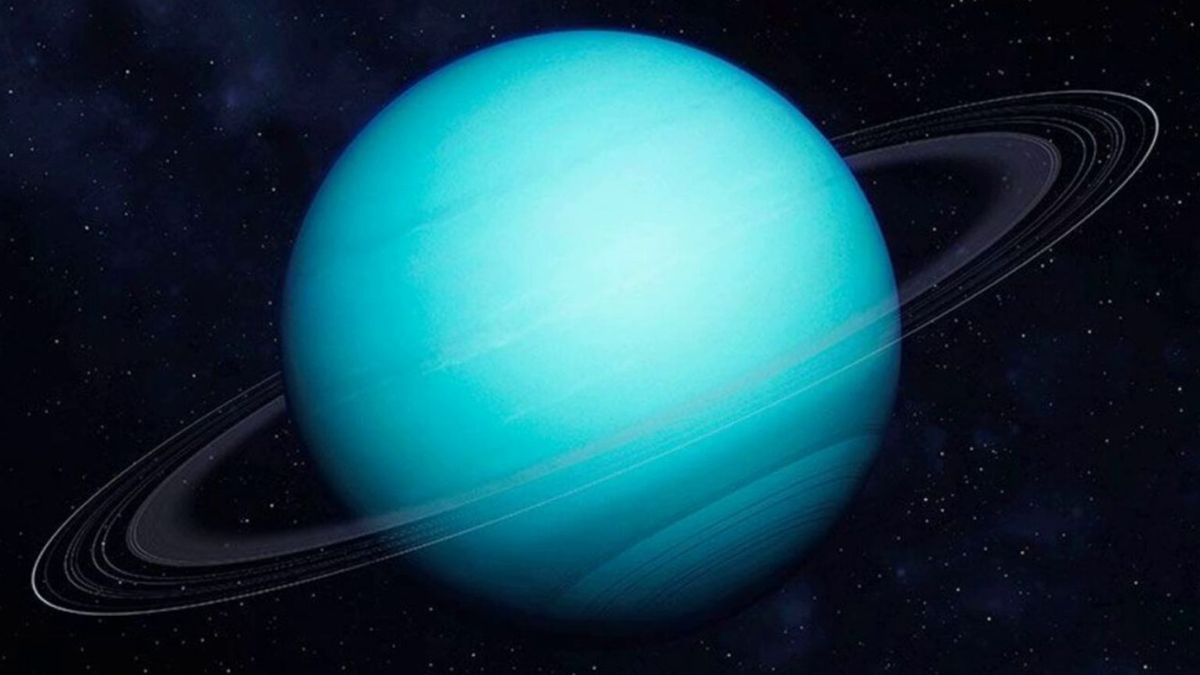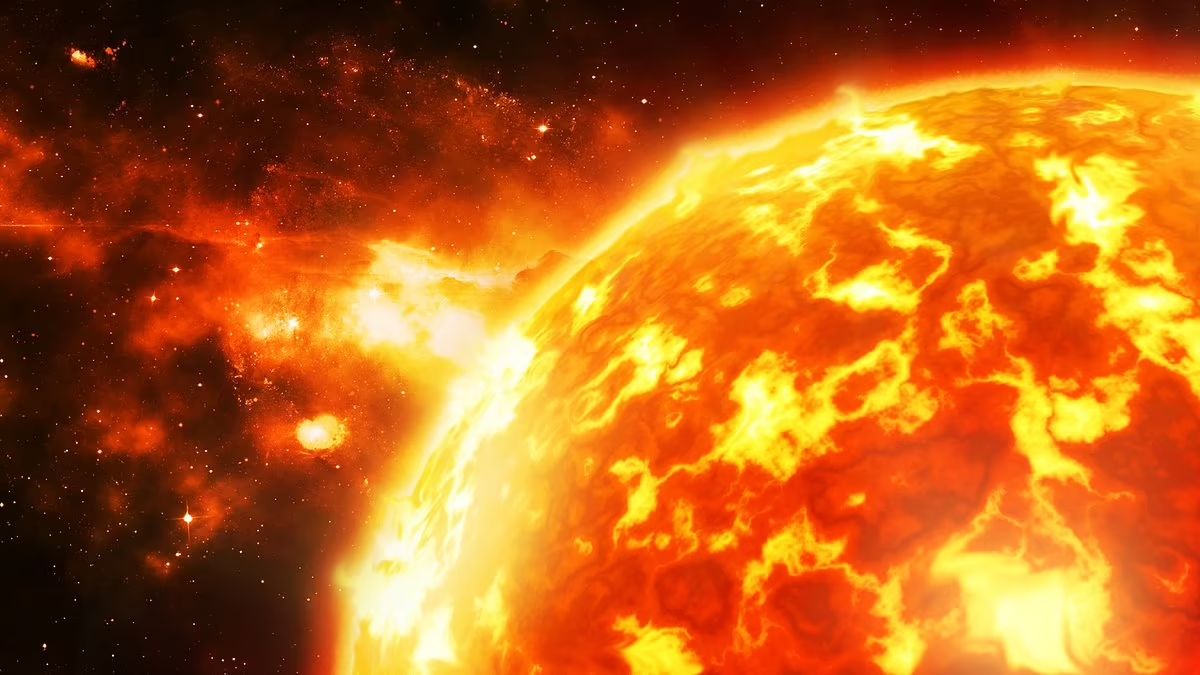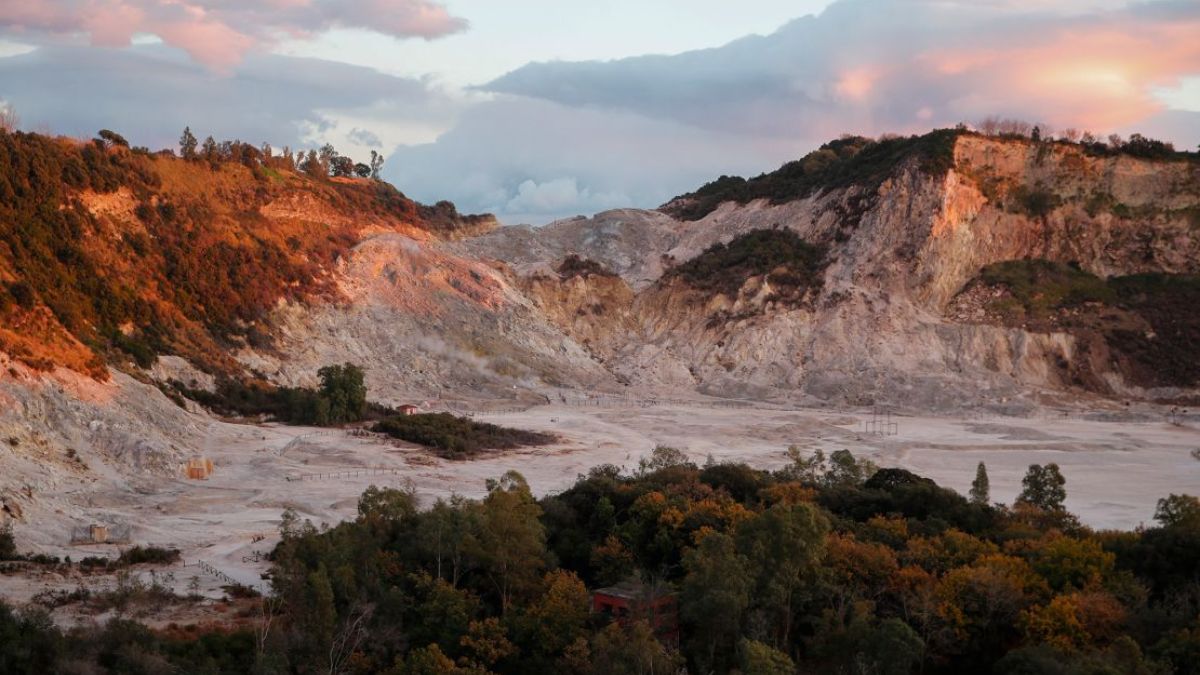A major scientific discovery in the heart of Europe could mark the beginning of a new energy era. Deep beneath some of the planet’s most iconic mountain ranges—including the Swiss Alps—researchers have identified large reserves of white hydrogen. If confirmed, this naturally occurring, zero-emission gas could become one of the cleanest energy sources humanity has ever known.
It sounds like science fiction, but it’s real. And the implications? Potentially game-changing.
Hydrogen
So, what exactly is white hydrogen?
Unlike industrial hydrogen, which must be manufactured—often by using fossil fuels—white hydrogen occurs naturally in the Earth. It forms through geological processes and comes out clean, with no need for high-energy production methods. And the best part? When it’s used as fuel, its only byproduct is water.
This makes white hydrogen one of the cleanest energy sources on the planet. No emissions. No carbon. Just energy and water.
Discovery
While the concept of white hydrogen has been around for decades, scientists never found large, usable reserves—until now. Thanks to new geological modeling techniques, researchers have pinpointed vast underground reserves, especially under the Swiss Alps. Similar signs have also been detected in the Pyrenees and the Himalayas, suggesting a much broader global presence than previously imagined.
This isn’t just a minor find. It’s the first time we’ve had both physical samples and a way to estimate the size and location of these hydrogen deposits.
Formation
How does this hydrogen form?
The process involves a reaction known as serpentinization. When water interacts with iron-rich rocks deep in the Earth’s crust—typically part of the mantle—it triggers a chemical reaction that generates hydrogen.
Normally, these rocks are far below the surface, unreachable. But in areas where tectonic collisions have pushed them upwards—like in the Alps or the Himalayas—they become accessible through deep underground faults.
It’s not simple, but it’s natural, sustainable, and free of the pollution that comes from industrial hydrogen production.
Potential
According to geologist Frank Zwaan, who led the recent Swiss Alps study, this could mark a before-and-after moment in the energy world. The U.S. Geological Survey’s Geoffrey Ellis agrees, noting that the ability to map and estimate hydrogen reserves now gives the industry something it never had before: measurable, actionable data.
It opens the door to investment, development, and perhaps even a new global energy infrastructure centered on this clean resource.
Challenges
But let’s not get ahead of ourselves—there’s still a long road ahead.
White hydrogen may be abundant and clean, but several challenges remain before it becomes a major energy source:
- Developing affordable and reliable extraction technology
- Building storage and transportation infrastructure
- Ensuring the entire process is environmentally sustainable
So while the discovery is promising, the shift won’t happen overnight. We’re still in the very early stages—similar to where oil was in the 19th century.
Comparison
Frank Zwaan draws a powerful comparison: oil was once considered a minor curiosity. No one could have predicted it would become the engine of the global economy.
White hydrogen might be at a similar starting point today. If researchers and industries can overcome the technical hurdles, it could become the pillar of 21st-century clean energy—especially for high-energy-demand sectors like steel, shipping, and aviation.
Reserves
Where have the most promising white hydrogen reserves been detected so far?
| Region | Potential Level | Key Feature |
|---|---|---|
| Swiss Alps | Very High | Focus of the current groundbreaking study |
| Pyrenees | High | Tectonic activity supports hydrogen presence |
| Himalayas | High | Ancient, intense tectonic collisions |
These regions offer the geological conditions needed for white hydrogen to form—and potentially be accessed safely.
Future
Are we witnessing the dawn of a new energy era?
Possibly. Even if large-scale extraction is still years away, the discovery of natural hydrogen reserves changes everything. It introduces a truly green energy alternative that doesn’t rely on intensive industrial production.
Now, the task is to figure out how to extract and use it responsibly, integrate it into the global energy mix, and compete with the fossil fuels and renewables we already rely on. The energy transition just got a new player—and it might be one of the cleanest we’ve seen yet.
FAQs
What is white hydrogen?
It’s naturally occurring hydrogen formed underground without emissions.
Where was white hydrogen found?
Under the Swiss Alps, Pyrenees, and possibly the Himalayas.
Is white hydrogen clean?
Yes, it leaves only water when used as fuel.
Why aren’t we using it yet?
Large reserves were only recently discovered; tech is still developing.
Could white hydrogen replace oil?
It has the potential, but infrastructure and tech need development.

